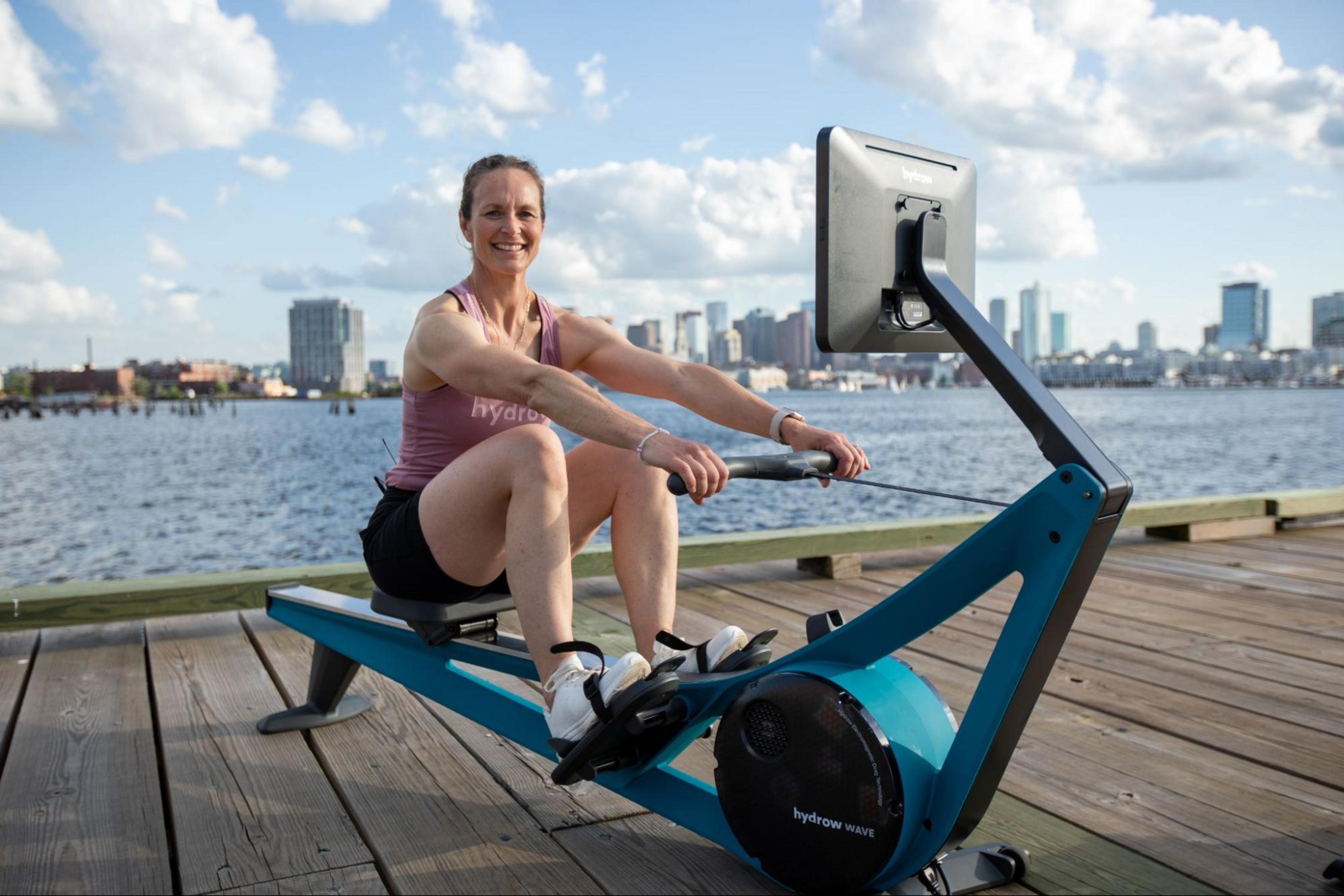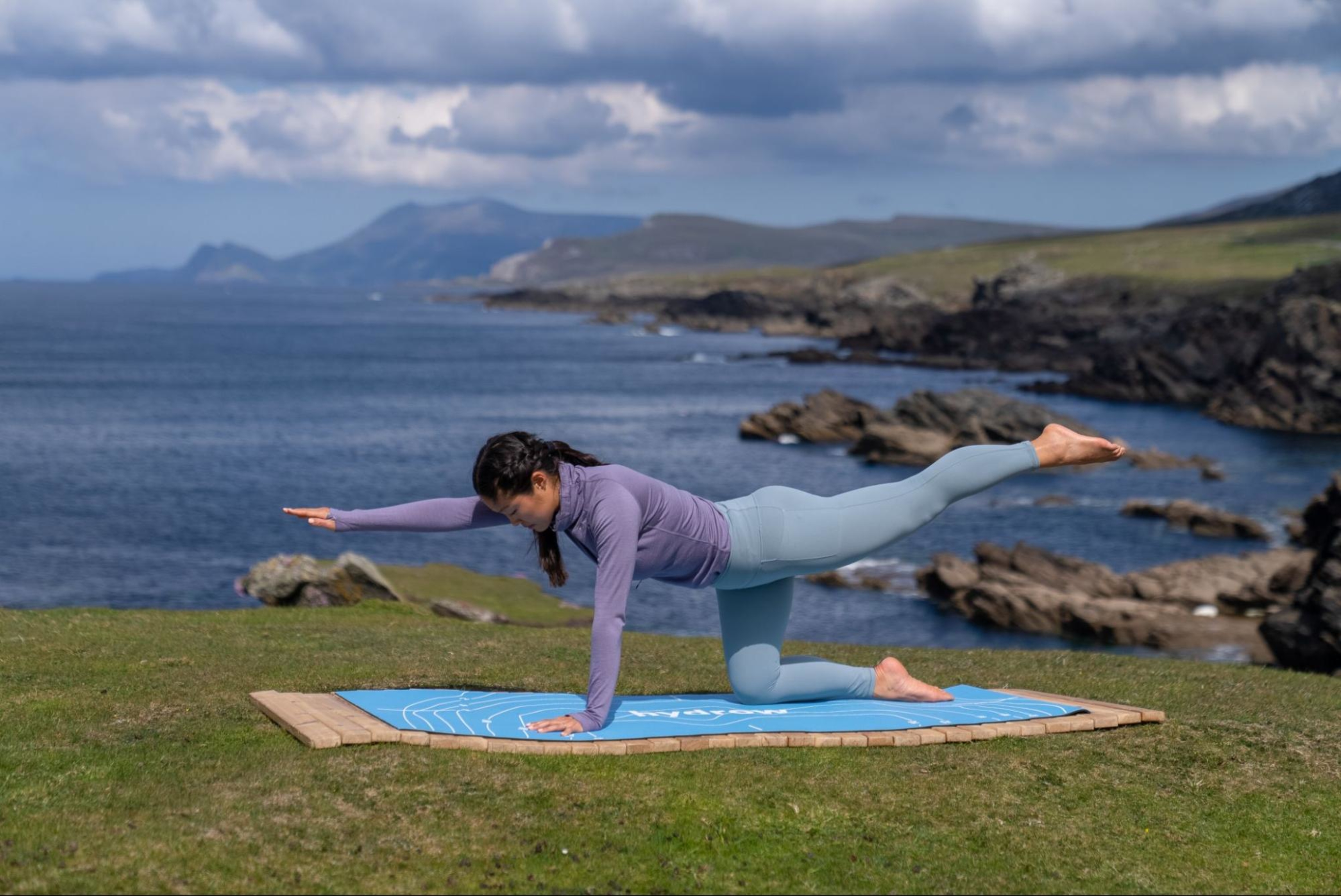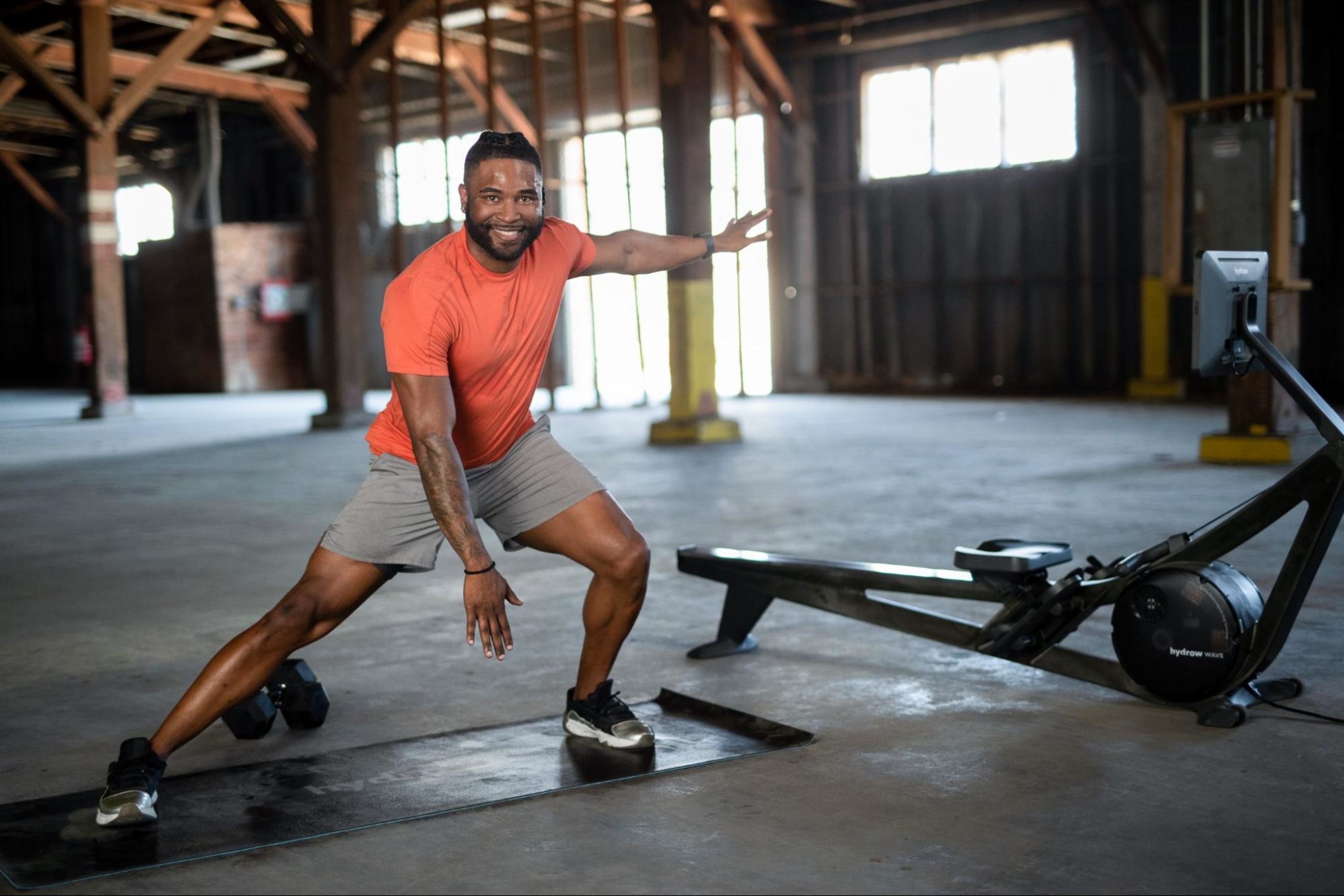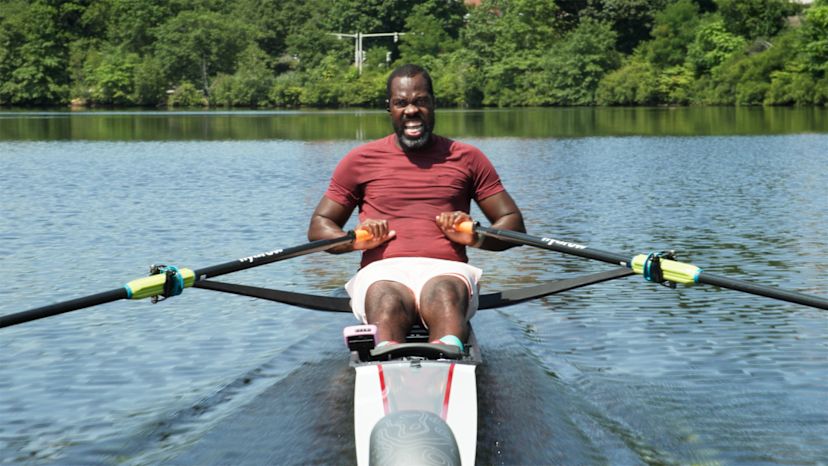How Much Exercise Should You Do Every Week?
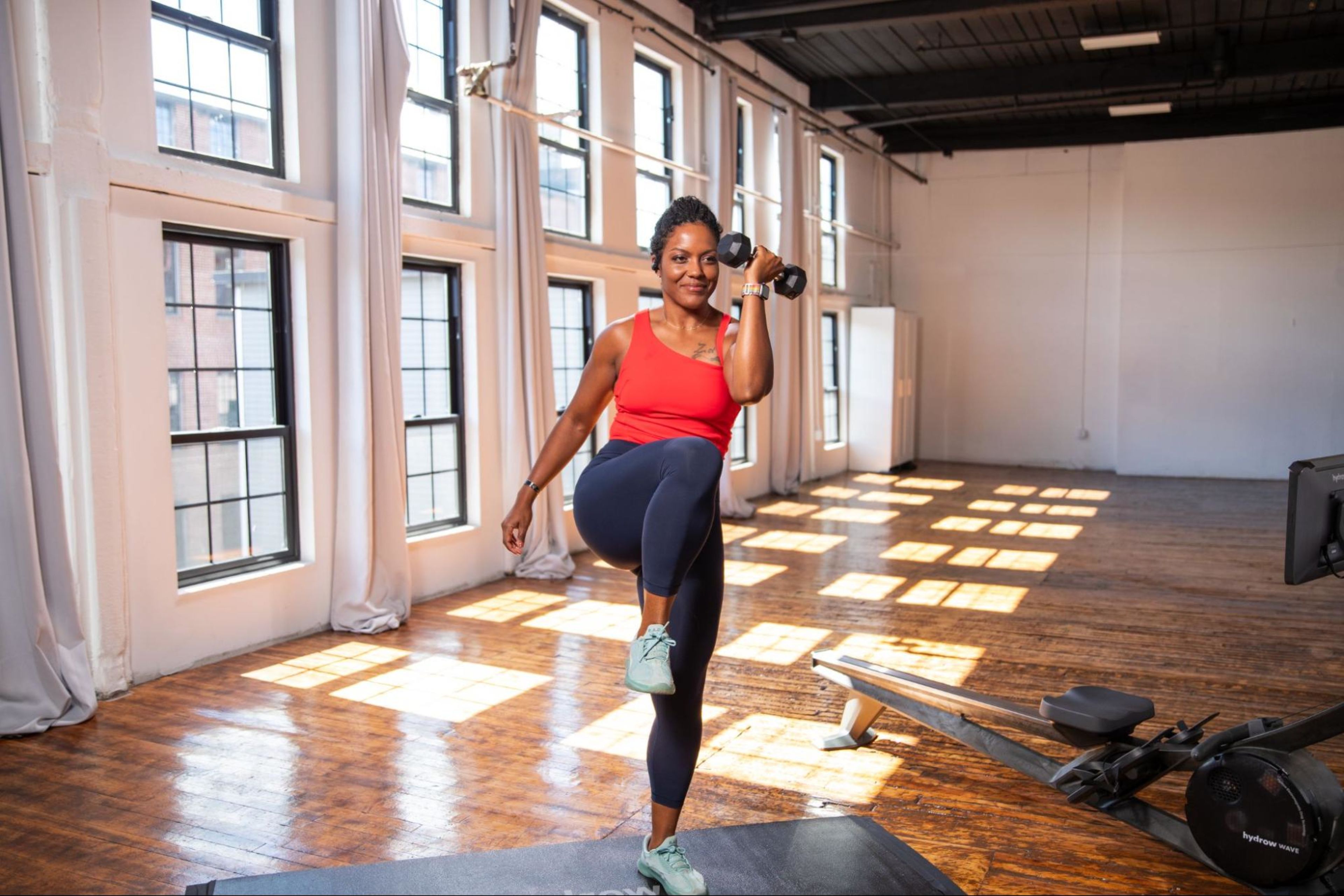
We all know the importance of exercise for overall health, disease risk reduction, mental well-being, and other benefits. But there's so much conflicting and confusing information out there about the optimum amount of exercise to do.
According to a study in the Journal of the American Medical Association, an estimated 110,000 deaths per year could be prevented if adults got more exercise. So, let’s break down the guidelines to help you figure out the best weekly activity levels, including:
Let’s get started!
Understanding physical activity guidelines
The World Health Organization and Centers for Disease Control recommend that adults complete 150 to 300 minutes of moderate-intensity activity or 75 minutes of vigorous-intensity activity per week, and at least two days per week of muscle-strengthening activities for as outlined in the Current Physical Activity Guidelines for Americans. The WHO also recommends balance and mobility activities for older adults.
Moving more and sitting less is always a good idea, and any physical activity is beneficial. Both aerobic activities and strength-building activities are important and necessary. While they serve different purposes, they complement each other in promoting overall health and well-being. Aerobic activity strengthens your heart and lungs, while strength-building exercises strengthen your muscles and joints, and help maintain stability and balance.
The benefits of meeting these guidelines are almost too numerous to count, but include:
Improved mental health
Weight management
Improved ability to do daily living tasks
Reduced disease risk
Improved chronic disease management
Improved sleep
Improved cognition and brain function
Reduced anxiety
Lower blood pressure and cholesterol levels
Reduced risk of heart disease and stroke
Reduced risk of developing Type 2 diabetes, heart disease, and some types of cancers
Improved balance and protection from falls
Improved mobility
Stronger bones
Reduced risk of complications associated with infectious diseases like flu, pneumonia, and COVID-19
For older adults, increased physical activity can improve their quality of life and their daily function, allowing them to live independently for longer.
Factors affecting how much exercise you should do per week
There are a number of factors that affect what and how much exercise you do. Based on the benefits listed above, striving to meet the minimum activity guidelines should be your first goal. Other things to consider include your:
Personal fitness goals
Current fitness level
Chronic disease
Injuries
1. Personal fitness goals
Everybody’s goals are different, and you should tailor your exercise plan to meet those goals. For example, someone looking to manage their weight will have a different exercise plan than someone wanting to compete in a cycling event. Both require aerobic and strength-building exercises, but each plan will look different. Even people with similar goals will vary greatly with their exercise plans.
Hydrow offers guided workouts, including yoga, strength, and rowing, led by world-class Athletes that can meet all your physical activity needs.
2. Current fitness level
If you’re new to exercise, managing a chronic illness, or returning from an injury or long layoff, you may need to work up to the 150-minute recommendation. Start slow with low-impact activities like Pilates, a rowing machine, or bodyweight strength exercises. Everyone’s fitness level is different, so moderate exercise for you might be vigorous exercise for someone else or vice versa. Focus on activities that you enjoy and are right for you.
3. Chronic disease
If you are managing a chronic illness or have medical restrictions, first check with your doctor about what types and duration of exercise you should be doing. You may need to start with less and work your way up to the 150-minute recommendation.
4. Injuries
Returning from an injury can be frustrating, but go slow and listen to your body. To continue to meet physical activity recommendations, you can find a type of exercise that keeps you moving without aggravating your injury. For example, if you have a shoulder injury, lower-body strength activities may still be possible.
How much exercise should you do per week?
The guidelines are general enough to allow your weekly schedule to accommodate your unique needs and still meet the recommendations. You’ll want to incorporate different types of exercise into your week to achieve the varying benefits from each:
Aerobic exercise
Muscle strengthening exercise
Flexibility and mobility
1. Aerobic exercise three to five days per week
The aerobic activity recommendation is at least 150 minutes of moderate-intensity exercise. This could be five days of 30 minutes per day of walking, running, cycling, rowing, or any activity that elevates your heart rate. Another option is ramping up the intensity of your workout, such as with high-intensity interval training (HIIT), and doing 20 to 30 minutes of harder exercise just three days per week. Ideally the intensity in which you exercise throughout the week is varied.
2. Muscle-strengthening exercise at least two days per week
Muscle strengthening exercise can include free weights, weight machines, bodyweight exercises, kettlebells, and resistance bands. Include upper-body, lower-body, and core exercises at least two days per week. Three days would give you even more benefits!

Efficiency for the win.
Work 86% of your muscles in just 20 minutes of rowing with Hydrow.
3. Flexibility once or twice a week
Flexibility and mobility exercises like Pilates, yoga, and dynamic and static stretching can easily slide into a day you are also doing aerobic activity. Or, you can improve your flexibility with a morning yoga practice, or 10 minutes of stretching before bed.
Hydrow’s extensive library of expert-guided workouts helps you easily create a weekly exercise routine, and meet current guidelines.
How to tailor your exercise routine to your goals
Exercise routines are never one-size-fits-all. Your health and fitness goals should be individualized to you. Goals may be general—like building muscle, losing fat, or improving endurance—or very specific, like running a 5K, improving shoulder mobility, or strengthening your core to relieve back pain. Plus, you can have more than one goal you’re working towards!
To find an exercise routine that aligns with your fitness goals, follow these steps:
Step 1: Clearly define your goals. This helps create a roadmap and guides your exercise choices. You can then use your goals to determine how much of each type of exercise— aerobic, strength-building, and mobility—you’ll need to do.
Step 2: Next, take a realistic look at your schedule and pencil in each workout you want to accomplish in a week. For example, if strength training is your priority and you want to include it three times per week, you may need to adjust the amount or intensity of your aerobic exercise in order to fit everything in. Or, if flexibility is a priority, include it more than twice a week.
Step 3: Reevaluate often. Check in with yourself frequently to see if you need to adjust your routine or your goals.
Lastly, never be afraid to have someone help you identify your goals and help you map them out. Sometimes professional guidance can help you get on the right track.
How to recognize the signs of overtraining
Getting appropriate amounts of exercise is critical for improved health and well-being. But sometimes we overextend ourselves by doing too much, too soon, or fail to create a balanced exercise regimen. Overtraining occurs when you don’t allow yourself enough recovery time, or do every workout at a very intense level.
Overtraining can actually hinder your fitness goals and lead to injuries and chronic fatigue. If you notice any of these signs, it may be time to dial back your exercise routine.
Chronic muscle soreness
Feeling constant, excessive fatigue
Overuse injuries like shin splints or plantar fasciitis
Constant irritability
Reduced appetite
Poor quality sleep
Decline in exercise performance or motivation
Find your weekly workout routine with Hydrow
According to a CDC report, only about half of American adults get the recommended amount of physical activity. It’s challenging to fit exercise into our busy schedules, but the benefits of more physical activity are worth it. And it doesn’t have to be all or nothing! Start small and work your way up to the recommended amounts.
If you are looking for a highly effective workout to add to your fitness routine, be sure to check out Hydrow. Our rowing machines combine smooth, natural movement with advanced coaching technology that helps you train smarter and stronger. Each stroke works 86% of your muscles, delivering a full-body workout that’s low-impact and efficient.
Beyond rowing, Hydrow offers an extensive library of off-the-rower classes—including strength, mobility, yoga, and more—to help you build balanced fitness that supports your everyday life.
Explore the benefits of Hydrow’s rowing machines and workouts today.

Real strength keeps moving
Learn how working out with Hydrow can help support a fuller, more active life.

